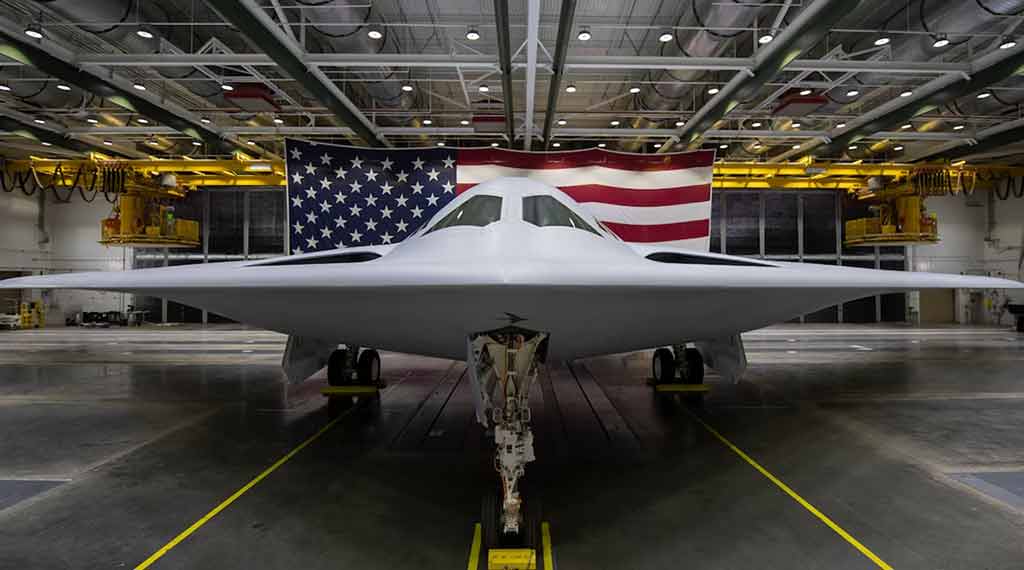B-21 Raider bomber only has 1 enemy (not Russia or China)

The U.S. Air Force’s B-21 Raider program is advancing amidst the global race to develop sixth-generation stealth bombers. While the B-2 Spirit, B-52 Stratofortress, and B-1 Lancer remain formidable, the B-21’s timely introduction is essential for maintaining long-range strike capabilities. But can the B-21 Raider overcome what some consider possible future cost issues?
-Recent negotiations have reduced the per-unit cost, making the Raider more economically viable.
-Designed to be undetectable and equipped with modular systems for future upgrades, the B-21 is crucial for U.S. national security.
-As China and Russia advance their bomber programs, the Raider’s development ensures the U.S. retains a strategic edge in aerial warfare.
Latest posts by Maya Carlin (see all)
- US Stands Up New Drone Strike Force in the Middle East - December 9, 2025
- Has Russia Finally Sold its Su-35s to Iran? - December 2, 2025
- Iran’s Growing Missile Arsenal Is a Challenge for Israel - November 18, 2025
